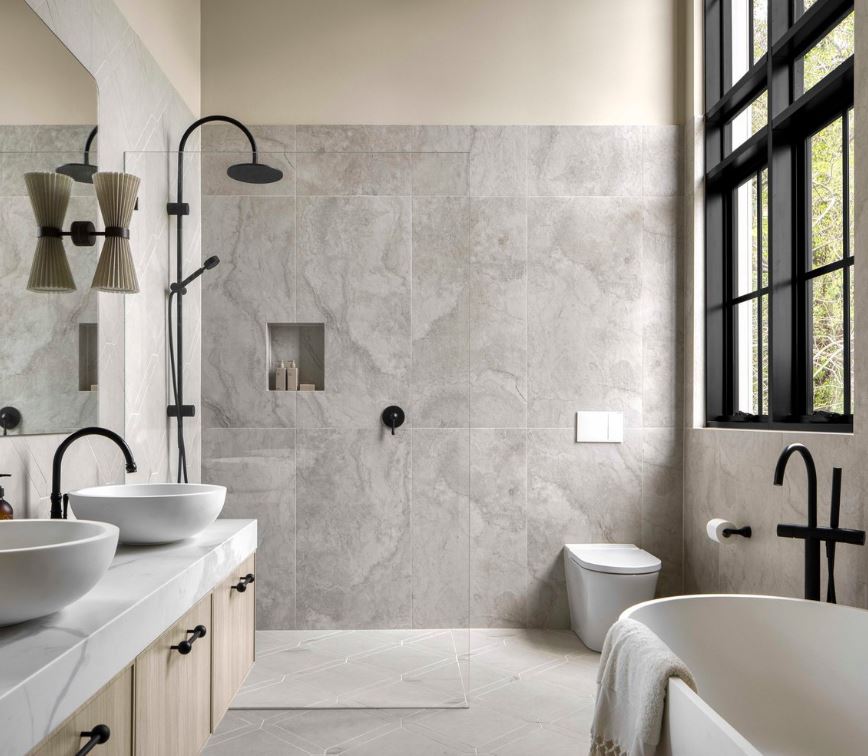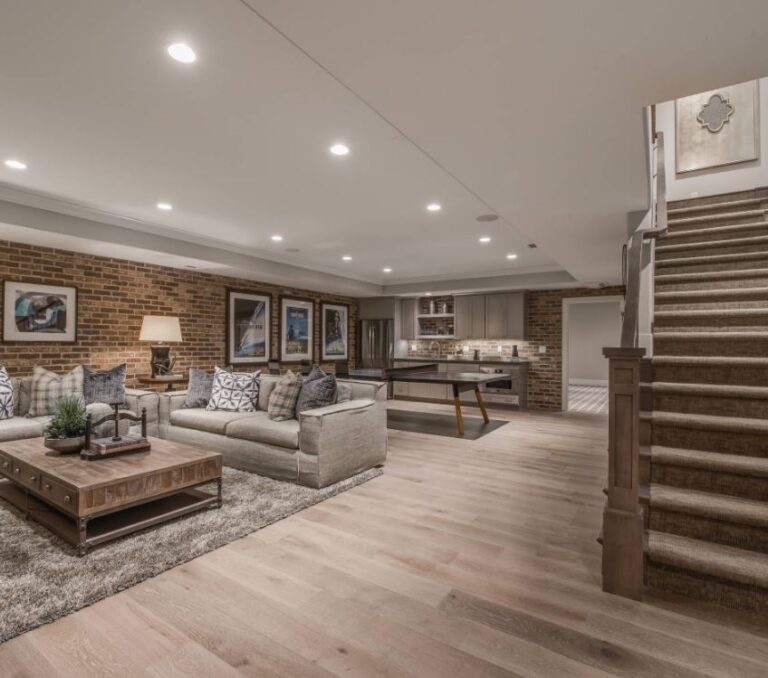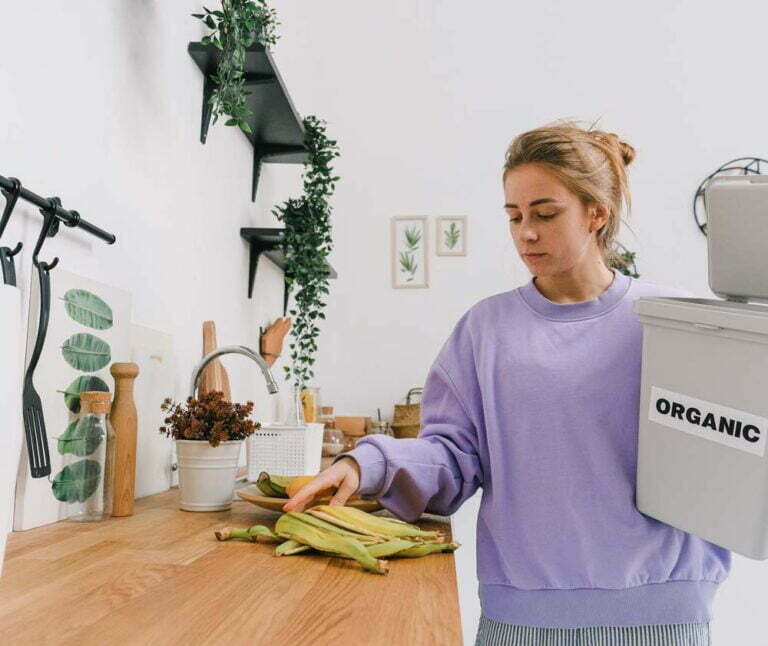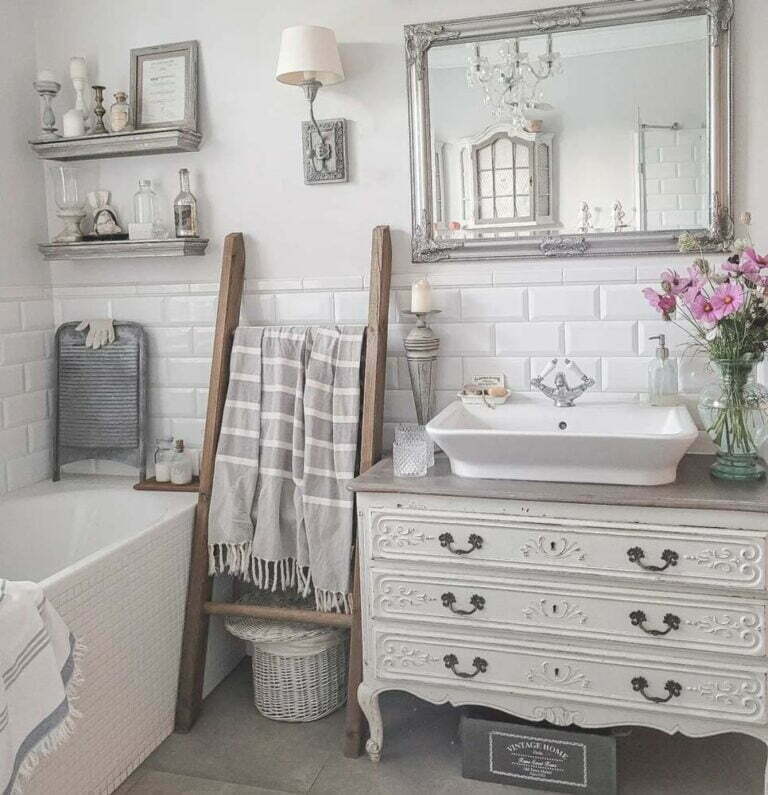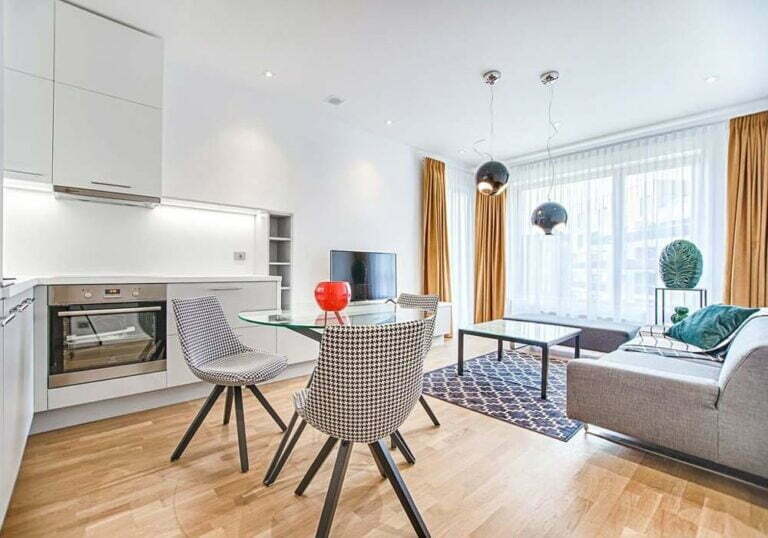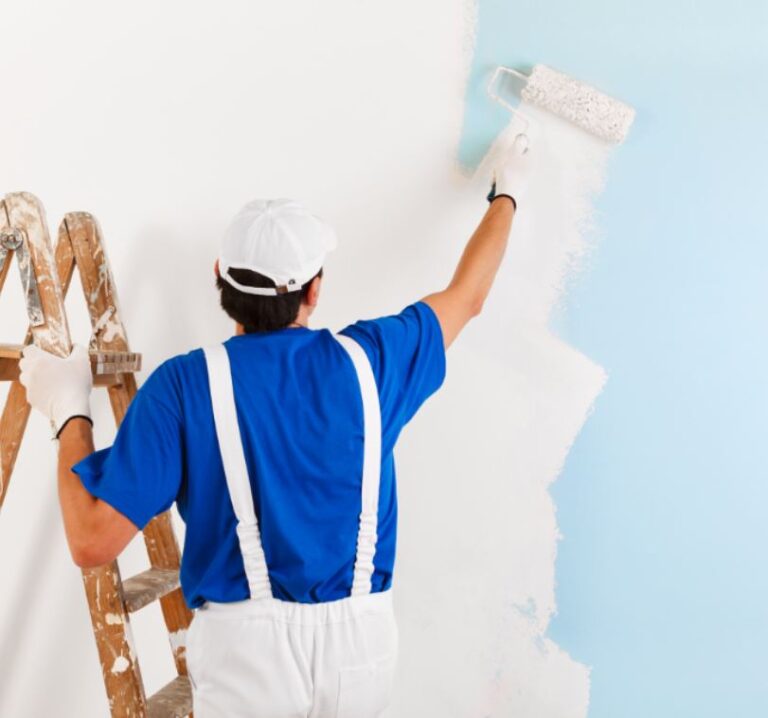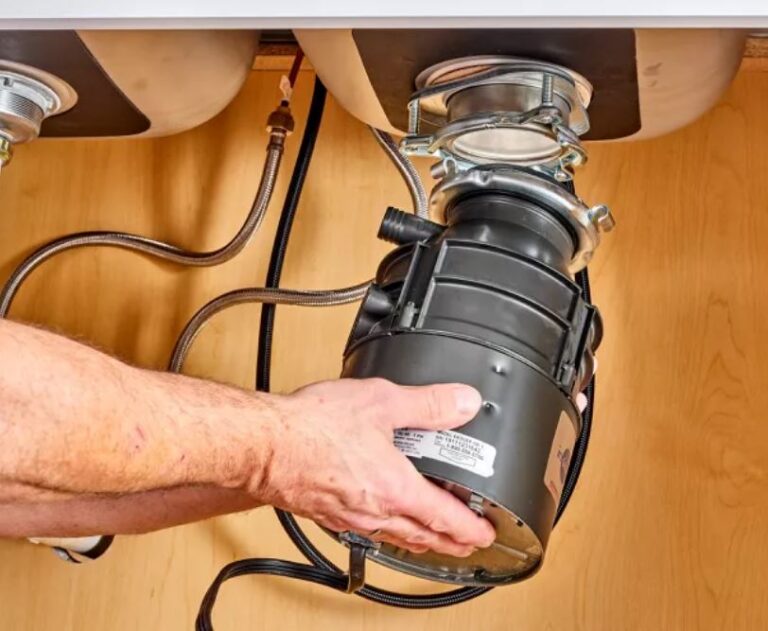Renovation Tips: How to Choose The Perfect Bathroom Design
Renovating your bathroom is one of the most exciting yet challenging home improvement projects you can undertake. It’s a space where functionality meets relaxation, and the design you choose can significantly impact your daily routine and the overall value of your home. Whether you’re planning a complete overhaul or a subtle refresh, selecting the perfect bathroom design requires careful thought and planning. Here are some practical tips to help you create a bathroom that’s both stylish and functional.
1. Assess Your Needs and Lifestyle
Before diving into tile samples or faucet finishes, take a step back and consider how you use your bathroom. Is it a shared family space, a private ensuite, or a guest bathroom? Your lifestyle will dictate the design choices you make.
- Family Bathrooms: If your bathroom is used by multiple people, prioritize durability, storage, and easy maintenance. Think about double sinks, non-slip flooring, and plenty of storage for toiletries and towels.
- Ensuite Bathrooms: For a master bathroom, you can focus on luxury and relaxation. Consider adding a soaking tub, a spacious shower, or even heated floors for a spa-like experience.
- Guest Bathrooms: These spaces are often smaller, so focus on creating a clean, welcoming design with efficient use of space.
Understanding your needs will help you narrow down your options and avoid costly mistakes.
2. Set a Realistic Budget
Bathroom renovations can range from a few hundred dollars for minor updates to tens of thousands for a full remodel. Setting a budget early on will guide your decisions and keep you from overspending.
- Prioritize Essentials: Allocate funds to the most important elements first, such as plumbing, electrical work, and waterproofing. These are not areas where you want to cut corners.
- Splurge Wisely: If you have room in your budget, consider splurging on a statement piece like a freestanding bathtub or a custom vanity. These elements can elevate the overall design.
- Save Where You Can: Opt for cost-effective materials that mimic high-end finishes, such as porcelain tiles that look like marble or affordable yet stylish fixtures.
Remember to include a contingency fund (around 10-20% of your budget) for unexpected expenses.
3. Choose a Cohesive Style
Your bathroom should reflect your personal taste while complementing the rest of your home’s aesthetic. Here are a few popular design styles to consider:
- Modern: Clean lines, minimalistic designs, and neutral color palettes define modern bathrooms. Think frameless glass showers, floating vanities, and sleek fixtures.
- Traditional: If you prefer a timeless look, opt for classic elements like clawfoot tubs, pedestal sinks, and intricate tile patterns.
- Rustic: For a cozy, natural feel, incorporate materials like wood, stone, and exposed beams. Pair these with earthy tones and vintage fixtures.
- Scandinavian: This style emphasizes light, airy spaces with a focus on functionality. Use light colors, natural wood, and simple, functional designs.
Once you’ve chosen a style, stick to it throughout the space to create a cohesive look.
4. Maximize Space and Storage
No matter the size of your bathroom, smart design can make it feel more spacious and organized.
- Use Vertical Space: Install shelves or cabinets above the toilet or next to the vanity to maximize storage without cluttering the floor.
- Opt for Wall-Mounted Fixtures: Wall-mounted vanities and toilets can create the illusion of more floor space, making the room feel larger.
- Choose the Right Mirror: A large mirror can reflect light and make the room appear bigger. Consider a mirrored cabinet for added storage.
- Declutter: Keep countertops clear by storing everyday items in drawers or cabinets. Use organizers to keep everything in its place.
5. Focus on Lighting
Lighting plays a crucial role in both the functionality and ambiance of your bathroom.
- Layer Your Lighting: Combine ambient, task, and accent lighting for a well-lit space. Use ceiling lights for general illumination, wall sconces or vanity lights for grooming tasks, and LED strips for a soft glow.
- Natural Light: If possible, incorporate natural light through windows or skylights. It can make the space feel brighter and more inviting.
- Dimmer Switches: Install dimmer switches to adjust the lighting according to your mood and needs.
6. Select Durable and Stylish Materials
Bathrooms are high-moisture environments, so it’s essential to choose materials that are both durable and water-resistant.
- Flooring: Porcelain and ceramic tiles are popular choices due to their durability and water resistance. Vinyl and natural stone are also great options.
- Countertops: Quartz and granite are durable and easy to clean, making them ideal for bathroom vanities.
- Wall Tiles: Subway tiles, mosaic tiles, and large-format tiles are all stylish and practical options for bathroom walls.
- Fixtures: Choose finishes like brushed nickel, chrome, or matte black for a modern look that’s easy to maintain.
7. Incorporate Technology
Modern bathrooms can benefit from smart technology that enhances comfort and convenience.
- Smart Showers: These allow you to control water temperature and flow with the touch of a button.
- Heated Floors: Perfect for colder climates, heated floors add a touch of luxury and comfort.
- Voice-Activated Lighting: Use voice commands to control lighting, music, or even the temperature of your bathroom.
8. Don’t Forget the Details
Small touches can make a big difference in the overall look and feel of your bathroom.
- Hardware: Update cabinet knobs, drawer pulls, and towel racks to match your chosen style.
- Accessories: Add personality with stylish soap dispensers, toothbrush holders, and artwork.
- Plants: Incorporate greenery to bring life and freshness to the space. Choose plants that thrive in humid environments, like ferns or orchids.
9. Work with Professionals
While DIY projects can be fun, bathroom renovations often require professional expertise. Hiring a designer or contractor can save you time, money, and stress in the long run.
- Designers: They can help you create a cohesive design plan and source materials within your budget.
- Contractors: Experienced contractors ensure that plumbing, electrical, and structural work is done correctly and up to code.
10. Plan for the Future
Finally, think about the long-term functionality of your bathroom. If you plan to age in place, consider incorporating universal design elements like grab bars, curbless showers, and wider doorways.
Conclusion
Choosing the perfect bathroom design is all about balancing aesthetics, functionality, and budget. By assessing your needs, setting a realistic budget, and working with professionals, you can create a space that’s not only beautiful but also practical for everyday use. Whether you’re dreaming of a spa-like retreat or a sleek, modern oasis, these tips will help you navigate the renovation process with confidence. So, roll up your sleeves, start planning, and get ready to transform your bathroom into a space you’ll love for years to come!

